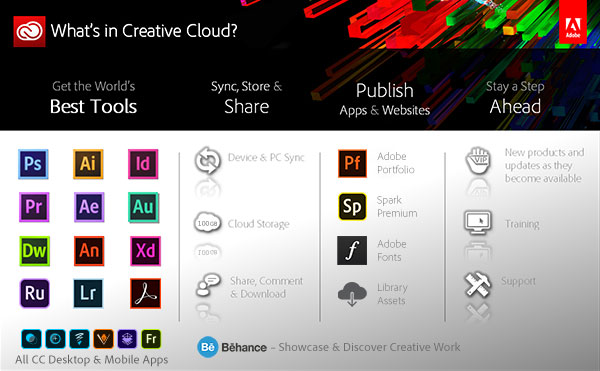
- Cannot install adobe creative cloud photoshop how to#
- Cannot install adobe creative cloud photoshop install#
- Cannot install adobe creative cloud photoshop update#
- Cannot install adobe creative cloud photoshop software#
Why might I want to keep the previous version of CC around? Yet, in most cases, it is a best practice to keep the older version as well.
Cannot install adobe creative cloud photoshop install#
Sure, you can take the plunge, easily, but there may be reasons to pause and consider, “should I kill the old version while moving to the new?” I think the reality is that users should install the new CC 20XX version when available. Plus, with the modern subscription paradigm, as embraced by Adobe these days, upgrading is FREE! It is also free to keep older versions. The average App Store application has a lifespan of one month, and “auto-update” is all the rage among web browsers, phone apps, even PC applications.
Cannot install adobe creative cloud photoshop software#
Out with the old, in with the new, right? In this age of phones and app stores, software moves at a much faster pace than traditional PC applications, especially those in the world of print and serious graphics. Why might I want to keep previous versions of Adobe CC applications (such as InDesign) around?
Cannot install adobe creative cloud photoshop update#
This will occur if there are any Adobe applications on your computer that have the Update feature disabled. You may see an error "Permission may be required" while trying to install Adobe apps from. Error message at when you try to install Adobe app. Note: The app can take slightly longer than usual to load with this solution, as content in the OOBE folder is rebuilt after launch.
Cannot install adobe creative cloud photoshop how to#
See the notes above about how to find these. Note: The AppData is hidden with Windows default settings. Windows: C:\Users\\AppData\Local\Adobe\OOBE Note: The /Users//Library/ is hidden by default after 10.7. Mac OS: /Users//Library/Application Support/Adobe/OOBE

Press Command + Shift + G to open a file search dialog and enter, for example, “~/Library/”. To navigate to a hidden folder, open the Finder application.



 0 kommentar(er)
0 kommentar(er)
